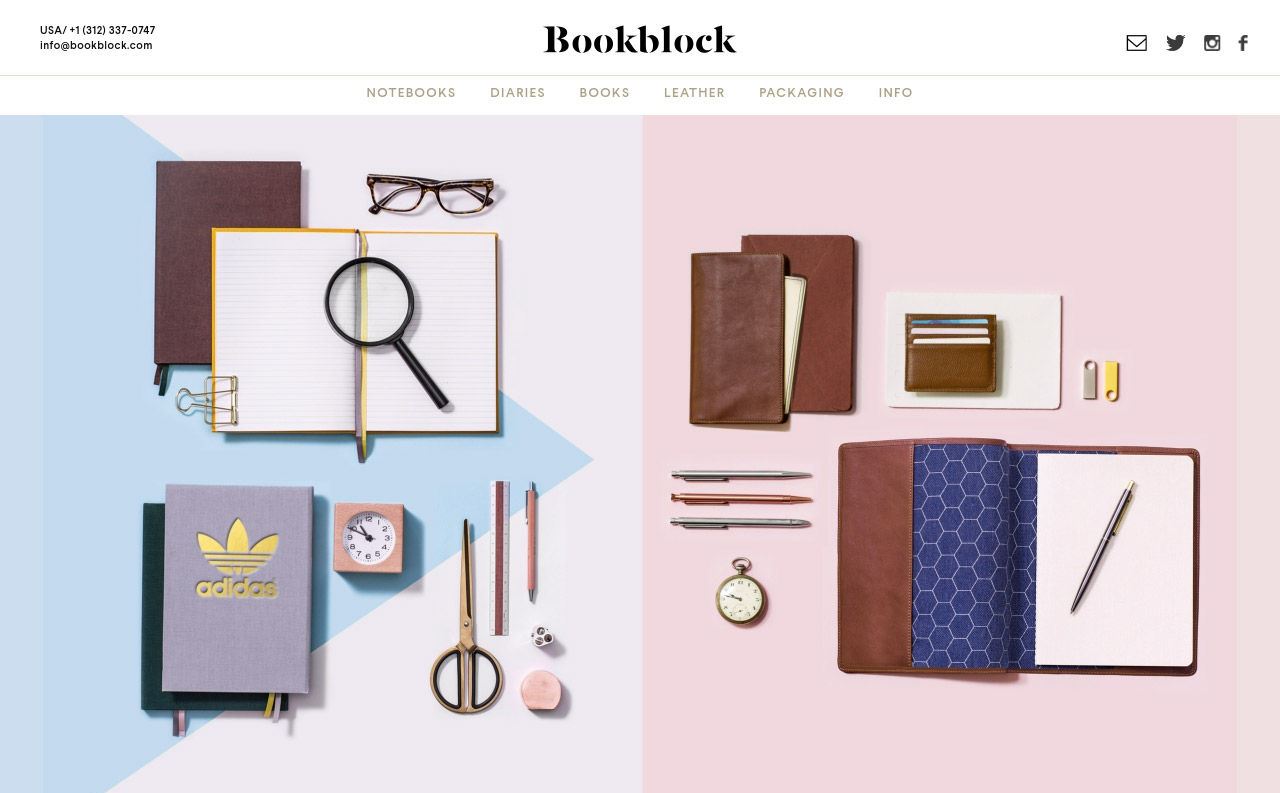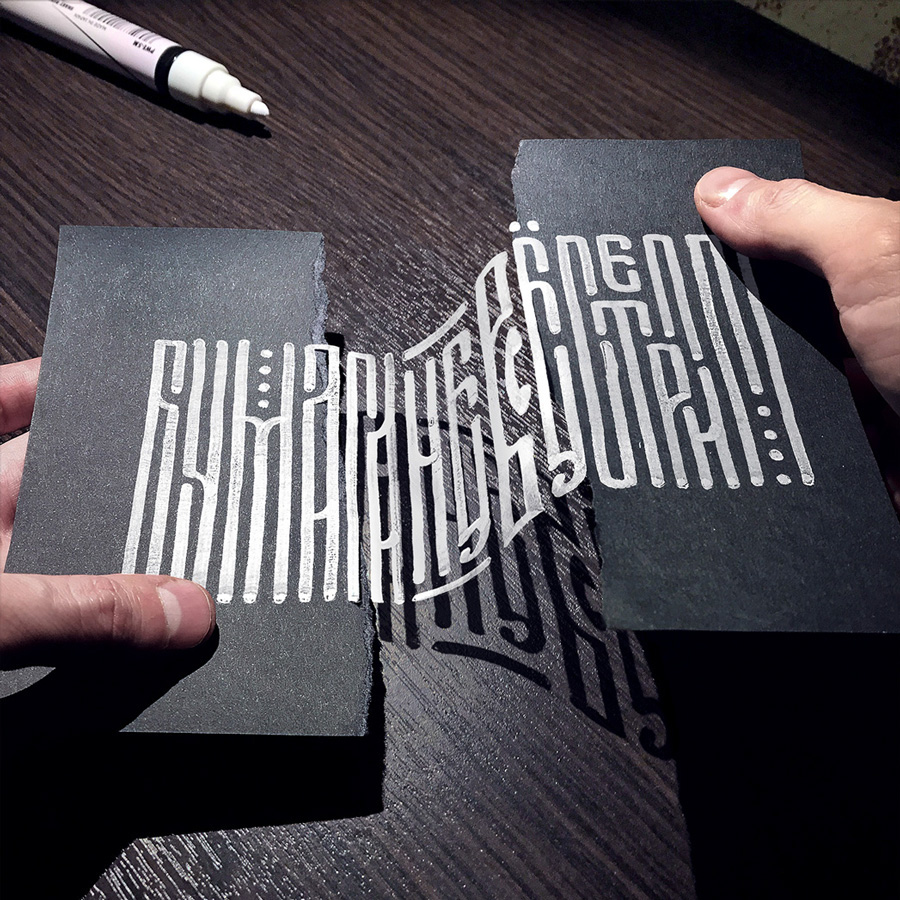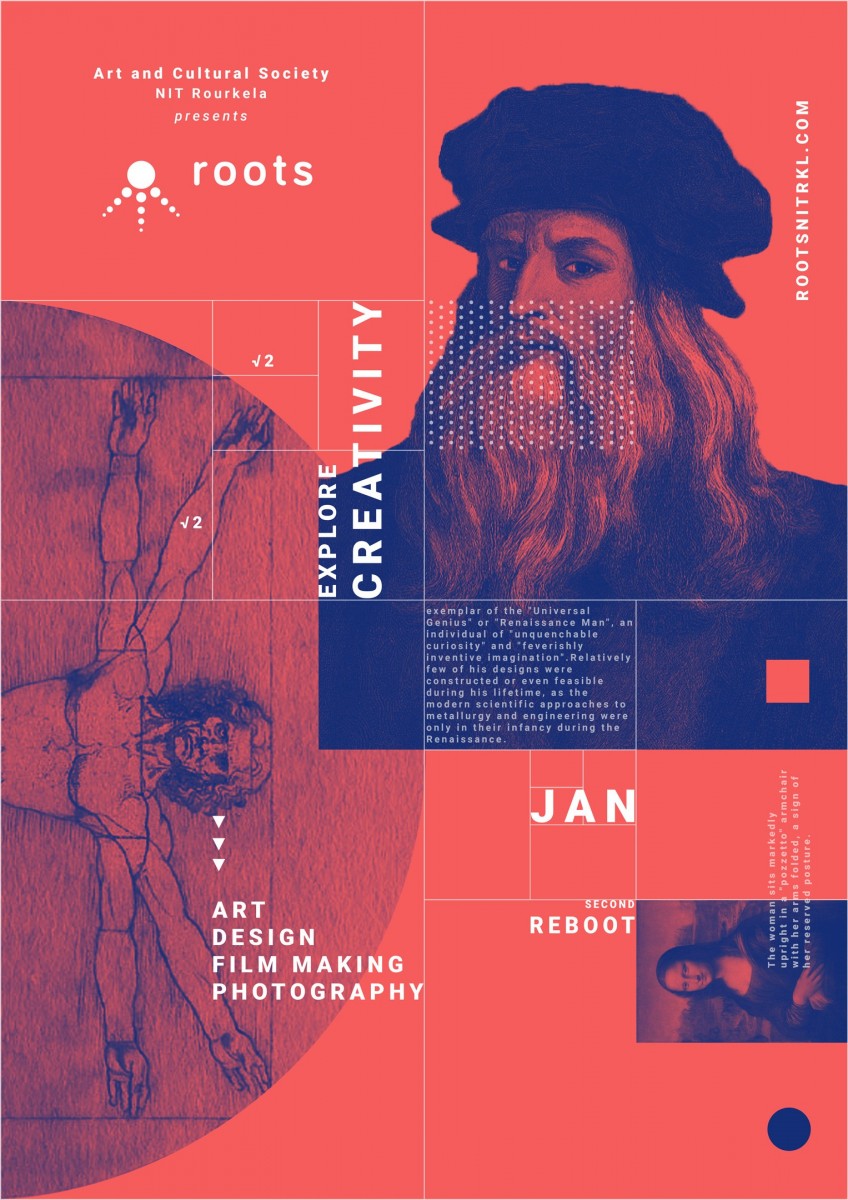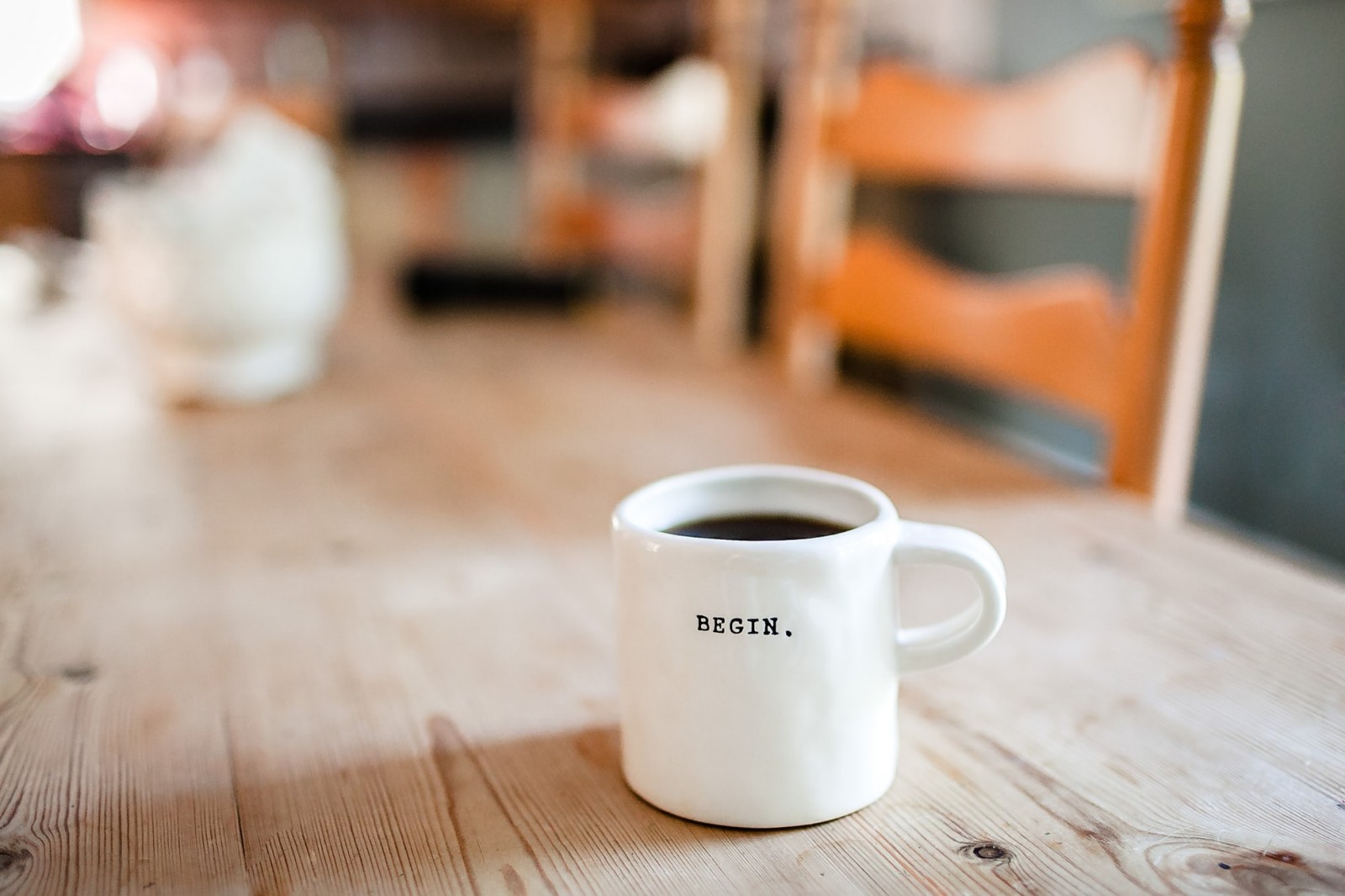Every field has its own specialized resources, and it would be odd if web designers didn’t have any. But today we’re not looking at forums or news magazines—we’re focusing on websites about websites. There are platforms that showcase the best works of web designers. These are great for inspiration, keeping up with trends, developing aesthetic taste, and exploring new styles. We've compiled a list of sites used by practicing designers.
Best Website Designs
Beauty is subjective, so it’s sometimes hard to know how others perceive your work. That’s why it helps to compare yourself to masters and use their work as benchmarks. Here are several platforms that specialize in web design specifically:
Topdesigninspiration – a resource with great design examples, continuously updated with new entries. It features a wide range of industries and styles, so you can find ideas for your own project based on its theme.

Siteinspire – the name says it all: a gallery of inspiring websites that can be conveniently sorted by category.
Designmadeingermany – German precision shows even in art. This is evident in the flawlessly executed, thoughtfully detailed projects.

Designshack – not only showcases projects but also analyzes them. Every week a new site is reviewed with highlights of its strengths and weaknesses—very useful for your own work.
Verynicesites – another collection of well-designed websites, nothing extra—just the most interesting picks selected using multiple criteria.
Webcreme – charming, original, and unusual works that emphasize the importance of uniqueness in design.

Onepagelove – a great collection of one-page websites that show how to include all essential info without clutter. Features thematic sections, a blog, and templates. Also check out Land-book – a handpicked gallery of landing pages.
BestWebsiteGallery – features portfolios and projects discussed by both pros and users, offering fresh insights and discoveries.

CSS DesignAwards – each day, the platform highlights one of the best websites as selected by the site’s creators. Entries can be sorted by various criteria and topics of interest.
Awwwards – a well-known and widely used resource. It’s hard not to mention it, as nearly every web designer has turned to it for inspiration at least once.
Art Is All Around
Inspiration is elusive—it doesn’t follow logic or structure. That’s why it’s important to tune in to your own feelings, notice what brings joy and sparks creativity. And it doesn’t have to be visual art—music, scents, emotions, and experiences can all trigger great ideas.
Still, most web designers are visual thinkers who experience the world primarily through sight. For them, visual harmony in the environment is essential. The most important space is your workspace and home. It’s hard to create beautiful work when you’re surrounded by dull, ordinary objects. An inspiring interior is key. But creativity also requires fresh experiences. You don’t have to visit art galleries—just change your route once a week and observe the city, its details, instead of staring at your phone.
The ritual of finding inspiration can feel sacred or even odd—sometimes it comes from the simplest things: visiting a flower shop, trying a new dish, walking through autumn leaves, sipping tea from a new mug, or meeting a street cat. It's important to notice pleasant color and shape combinations and later apply them to your design.
To both get inspired and gain knowledge, try workshops like Designing 3 Websites in One Evening for Real Clients or Design for a Real Freelance Client.
You can also find inspiration at your desk with sites full of gorgeous art:
Behance.net – design projects of all kinds, from logos to signage. It’s essentially a social network for creatives. You’ll find ideas for websites and overall branding.

Pinterest – an endless source of ideas for all occasions, including plenty related to web design. You can save ideas to your own boards, and the site will suggest related content based on your views and saves. Warning: it’s easy to lose hours here!

Dribbble – another well-known designer network. You can only join by invitation, which keeps the quality high. Without an invite, you can’t post, but you can view other people’s work.

DesignCollector – a mix of images, videos, art, and little visual delights. Plenty of contemporary art here.

Designspiration – photos, designs, and visual finds. Similar to Pinterest in variety and depth, with easy filtering by theme.

Inspiration or Plagiarism?
The line between inspiration and plagiarism isn’t that thin—it’s often obvious when ideas are copied outright or “gently borrowed,” versus truly original work. Using someone else’s ideas is wrong. Even beyond ethics and intellectual property, plagiarism stunts your creative growth. Creativity is a skill—it must be developed. Constant copying will eventually lead to artistic stagnation.
Yes, in early learning stages, mentors may encourage replicating good designs. But this is to practice skills, understand workflows, and study what high-quality sites look like. Just like in art school, students recreate masterpieces before creating their own.

But let’s consider another situation. Sometimes, inspiration runs dry and deadlines loom. What do you do? The work still needs to get done—and at a high level. Even then, plagiarism isn’t the answer. If your usual tricks—resting, switching tasks, browsing favorites—don’t help, try rethinking someone else’s design. Here’s how:
Beginners may benefit from this lesson on creating professional web design:
You can also borrow elements from different sites and blend them into your own project. But this method isn’t for beginners—it takes experience to maintain structural harmony and coherence. If you're just starting out, a great free course is “Web Designer: Explosive Start”.
Another trick to overcome creative block: just start doing. It may not sound exciting, but it works—especially with help from resources like Freebiesbug and Freepik. They offer tons of free graphics—icons, illustrations, PSD mockups, and more. Choosing one often sparks a new idea.

Great ideas often strike unexpectedly—so write them down! Use a beautiful notebook, your phone’s notes, or even a voice memo (feel like an FBI agent while you're at it). Creativity is the core of this profession, and it should be nurtured. Be inspired by every moment—and enjoy your work!
